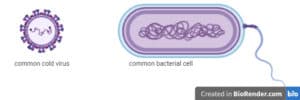
About the differences between bacteria and viruses
The differences between bacteria and viruses are based on their structure, size and reproduction. While bacteria are generally considered living organisms, viruses are not.
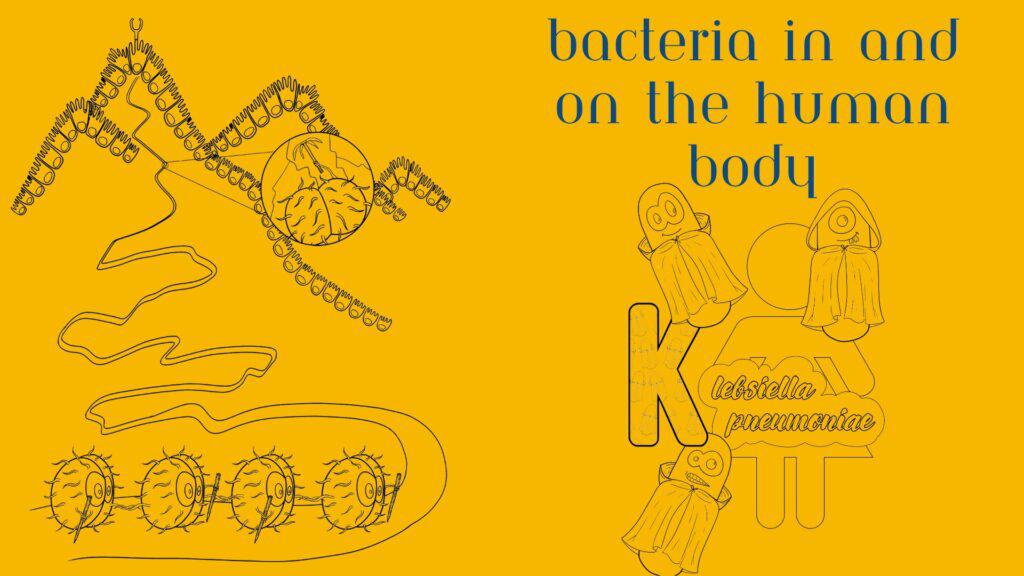
Bacteria influence the human body in many different ways – both positive and negative. Gut bacteria help our body digest food, strengthen the immune system and influence the way we think and feel. Some bacteria can also make us sick, while the friendly bacteria prevent the bad bacteria from entering our bodies. Our bodies and minds would surely not work the way they do if it wasn’t for the help from our little friends.

The differences between bacteria and viruses are based on their structure, size and reproduction. While bacteria are generally considered living organisms, viruses are not.
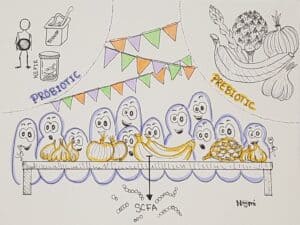
Your gut microbiome is full of helpful and fascinating bacteria. They all work together to keep you healthy, digest your food and fight off intruders. Here, you will learn about what a healthy gut microbiome is, what it does and how to keep it.
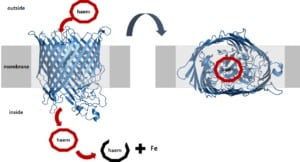
Bacteria can sense the iron concentration of their environment thanks to special iron transporters, of which they produce multiple.

Bacteria in your mouth protect your teeth from pathogenic bacteria. When you eat lots of sugars, the pathogens can fight off your friendly bacteria. The more pathogenic bacteria grow on your teeth, the more acids they produce that can cause caries and cavities. Learn about the bacterial battles in your mouths.
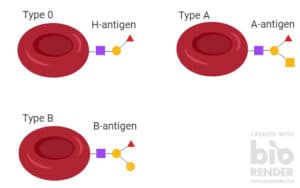
Some bacteria in our guts have proteins that cleave off sugars from our blood cells. This can lead to temporally changing blood types to feed the bacteria.
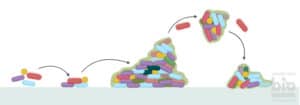
Bacteria can be major problems for human health. One of the reasons for that is because they have the ability to hide in their own houses. Such a house is called a bacterial biofilm which protect bacteria from harsh environments, toxic chemicals and to form a community within the biofilm.
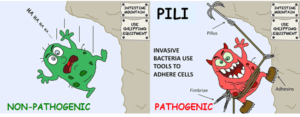
Pathogenic bacteria developed different mechanisms to attach to human host cells. However, our immune system learned to fight back, so that a constant battle between bacteria and host is happening in our bodies.
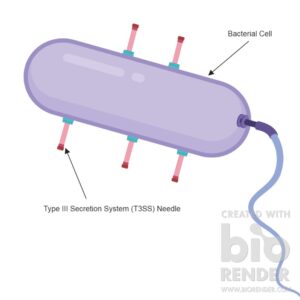
Some pathogenic bacteria use a weapon which is called type 3 secretion system to infect their host targets.
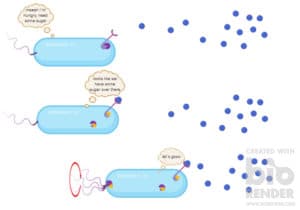
Chemotaxis helps bacteria to know that they are surrounded by certain chemicals. They can then move towards them if the chemicals are helpful. But how does chemotaxis work? Find out here.
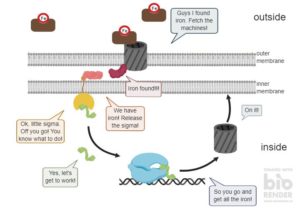
Bacteria sense iron in the environment via proteins that are transporters and receptors in one. The transporter imports iron, while the receptor tells the bacterium that iron is present on the outside. This activates a whole circuit so that the bacterium produces more transporters to capture as much iron as possible.

Bacteria influence the human body in many different ways – both positive and negative. Gut bacteria help our body digest food, strengthen the immune system and influence the way we think and feel. Some bacteria can also make us sick, while the friendly bacteria prevent the bad bacteria from entering our bodies. Our bodies and minds would surely not work the way they do if it wasn’t for the help from our little friends.